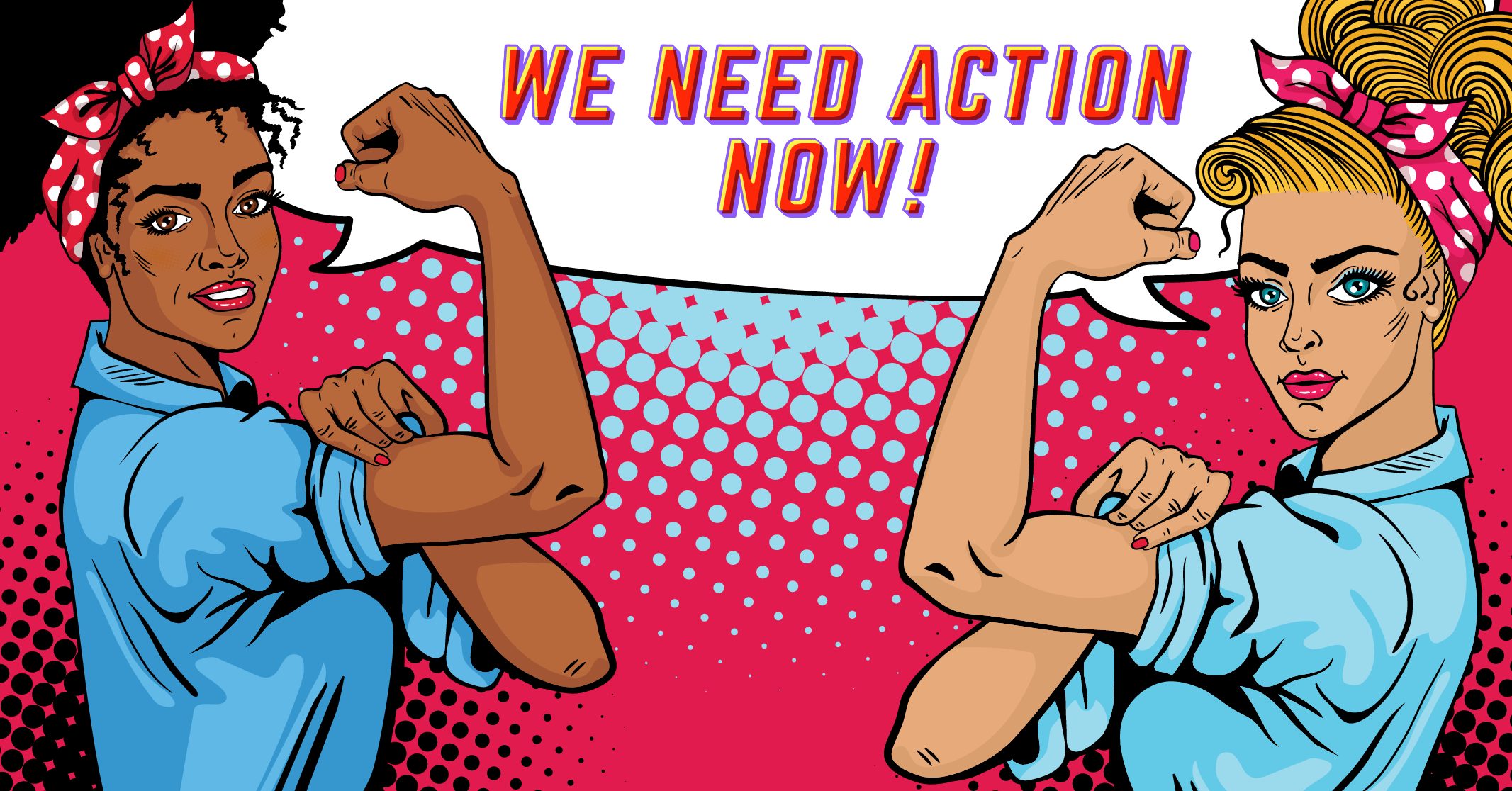
Gender based violence (GBV) and intimate partner violence (IPV) are taboo topics that many people do not feel comfortable addressing nor discussing openly. However, when it is a topic of conversation, many people have a lot to say, and some may appear to have a lot more of an intimate knowledge on the issue. The claims and statements made by people who have not experienced gender-based violence, can sometimes be inaccurate.
Here are 6 myths of gender-based violence and intimate partner violence and some facts to help dispel false information.
Myth #1: If it was really that bad, they would leave:
There are several impediments that stop women from leaving a dangerous relationship such as abusive threats, psychological manipulation, lack of sufficient job opportunities, limited education, or worse, the threat of serious physical assaults and death threats if they try to leave.
Myth #2: The victims provoked the violence.
This is a common statement made in defense of the abuser, that the abuser was triggered by something the victim did and thus there is justification for the abuser’s actions. This essentially puts the blame on the woman, which is a form of manipulation and sexism.
Myth #3: Sexual assaults are usually only committed by strangers.
In reference to domestic violence, this is an extremely dangerous and false narrative that needs to be eradicated. In fact, women in relationships are more likely to face sexual assault from their boyfriends or husbands rather than from an unknown person. A study by The Canadian Panel on Violence Against Women, discovered that 33% of women 18 years of age or older were sexually assaulted by a friend and 25% by a spouse or boyfriend.
Myth #4: Women cannot be sexually assaulted by their husbands or boyfriends.
This is entirely not true, according to the Canadian civil marriage act, women have a legal right to reject any form of sexual intimacy, which requires consent; this includes women in any type of relationship. When a woman is in a relationship with the perpetrator of her sexual assault, it is less likely that it will be recognized as a crime. It is important to listen to and support women who experience sexual violence from their current or former partner or spouse.
Myth #5: Gender based and intimate partner violence predominately occurs in families with lower socio-economic statuses and in racialized communities .
This stigma is incredibly erroneous because your race and socio-economic status is not a leading factor in abusive relationships. Intimate partner violence and gender-based violence affects women of all levels of income, education, racial backgrounds, ethnicities and occupation.
Myth #6: Gender-based violence is not just a crisis that affects women, so why focus on women?
Absolutely, men also experience and suffer from intimate partner violence and sexual assault. Intimate partner abuse and violence by males or females, is wholly unacceptable. However, according to statistics, 90% of gender-based violence is perpetrated by men, abusing the women in the relationship. While it’s important to eradicate all violence towards men and women, women and girls are the group that is predominantly affected by violence and they are in need of sanctuary and support.
Thank you for taking the time to read our blog we hope we were able to clear up misinformation, dispel myths and re-educate about gender-based violence and intimate partner violence. Please feel free to share this important information with others in your life to educate and end the stigma around violence against women and intimate partner violence.
 Sources
Sources
Washington Post: Five myths about domestic violence
Marjaree Mason Center: The Cycle of Violence and Common Domestic Violence Myths Debunked
Women’s House, Saving Bruce and Grey: Sexual Assault: Dispelling the Myths













